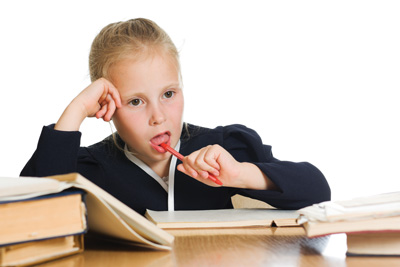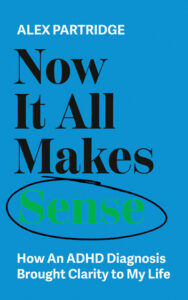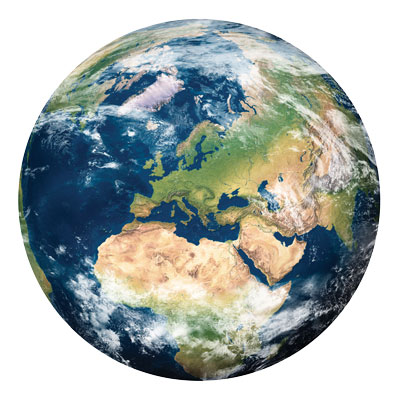by Ben Murray
Dukes Education Group Ltd
A key factor in healthier living amidst the cost of living crisis
As families across the globe grapple with the rising costs of living, including soaring food prices, the importance of healthy nutrition for young children has never been more crucial. For parents seeking a nursery place for their little ones, it’s easy to focus on factors like location, fees or availability of educational activities. However, one of the most vital components of early childhood development that often goes overlooked is nutrition.
Good nutrition in the early years sets the foundation for lifelong health, cognitive development and emotional wellbeing. This makes it essential for parents to prioritise nurseries that provide high-quality, nutritious meals and snacks for the children in their care. Not only does this support their children’s physical health, but it also lays the groundwork for long-term benefits that extend far beyond the nursery years. In the context of an ongoing cost of living crisis, where every household decision can feel like a balancing act, ensuring that children receive proper nourishment during these formative years is a wise investment.
Early years nutrition – the foundation of health
Nutrition plays an incredibly important role in the development of a child’s brain and body, particularly during the first five years. This is a period of rapid growth, when the brain forms billions of new neural connections that will shape a child’s abilities, learning and behaviour for years to come. Good nutrition can enhance cognitive function, improve memory and increase the ability to focus – skills that will benefit children throughout their academic lives. On the other hand, poor nutrition during this critical window can lead to developmental delays, behavioural issues and long-term health problems.
For young children, a balanced diet is especially crucial. The right mix of carbohydrates, proteins, healthy fats, vitamins and minerals helps fuel their growing bodies and minds. Studies have shown that poor early nutrition can increase the risk of obesity, diabetes and other chronic conditions later in life. Additionally, a lack of certain key nutrients – such as iron, calcium or omega-3 fatty acids – can affect everything from the immune system to bone health, all of which are essential for a child’s development.
Nurseries as gatekeepers to healthy eating
For many families, nurseries are the primary place where children receive most of their meals. In fact, nurseries provide a valuable opportunity to expose children to healthy food choices early in life. However, not all nurseries are created equal when it comes to food offerings, and with the pressure of a cost of living crisis weighing heavily on many households, the need for nurseries to prioritise nutrition has never been more urgent.
Parents may not always have the time or resources to prepare fresh, balanced meals at home every day, especially when juggling work, household duties and other responsibilities. When looking for a nursery, it’s essential for parents to ask about the food provided, how it is prepared and whether it meets recommended guidelines for nutrition. High-quality nurseries should adhere to nutritional standards that promote children’s health and wellbeing and many will have policies in place to ensure that meals are balanced, varied and age-appropriate.
In fact, several organisations, including the NHS and Public Health England, have established guidelines for nursery meal planning, outlining appropriate portion sizes, the inclusion of food groups and the importance of variety. A nursery committed to early years nutrition should be transparent about how it meets these standards. This means offering fresh fruit and vegetables, whole grains, lean proteins and dairy options while limiting processed foods, sugary snacks and foods high in salt and unhealthy fats.
Nutritious food and cost efficiency
Amidst the ongoing cost of living crisis, many families are looking for ways to reduce household expenditures without compromising the health of their children. The food provided by nurseries can be a hidden blessing in this regard. By offering nutritious meals on-site, nurseries can relieve the financial burden of having to provide and prepare healthy food every day. This is particularly important for parents who may be struggling to afford fresh produce, lean proteins or other staples of a balanced diet.
In many cases, nurseries that prioritise nutrition are able to source food in bulk, which can bring down the cost of meals. Additionally, well-run nurseries may even work with local food cooperatives or farms to secure fresh, seasonal produce at reduced prices. The result is that children can receive nourishing, locally sourced meals at a fraction of what parents might spend if they were preparing the same meals at home.
Moreover, good nutrition is often linked with fewer health issues. Children who eat balanced meals are less likely to miss time from nursery due to illness, which can further reduce the financial strain on families. Investing in high-quality early years nutrition may seem like a luxury, but it can actually save money in the long run by promoting better health outcomes and reducing the need for sick days or medical appointments.
Social and emotional benefits of nutritious meals
Nutrition also plays a significant role in a child’s social and emotional development. Children who eat well are more likely to have stable moods and energy levels throughout the day, which is vital for learning, play and interaction with peers. A balanced diet can help stabilise blood sugar levels, prevent mood swings and enhance emotional regulation.
For children in nursery settings, sharing mealtimes with peers is also a valuable opportunity to learn social skills. Nurseries that provide nutritious meals often foster a positive eating environment where children learn to enjoy a variety of foods, develop good table manners and experience the joy of eating together. This experience can create lasting memories and encourage lifelong healthy eating habits.
A wise investment for the future
As parents seek the best nursery options for their children, the importance of early years nutrition cannot be overstated. In a world where economic pressures are rising and every household decision carries weight, ensuring that children receive nourishing, balanced meals is a crucial step toward fostering healthier, happier lives. Nurseries that prioritise good nutrition not only promote physical health and cognitive development but also provide emotional and social benefits that will serve children well into adulthood.
By taking the time to evaluate the quality of food offered by nurseries and asking the right questions, parents can make an informed decision that ensures their child’s nutritional needs are met. In the context of the ongoing cost of living crisis, choosing a nursery that provides nutritious, cost-effective meals could be one of the most impactful decisions a parent makes for their child’s future. Ultimately, investing in early years nutrition is an investment in a child’s long-term health, development and happiness.
Dukes Education Group run both Hove Village and Reflections Nursery and Forest School in Sussex. To discuss opportunities at Hove Village please call 01273 037449 or visit www.hovevillage.com To discuss opportunities at Reflections Nursery please call 01903 251518 or visit www.reflectionsnurseries.co.uk
Dukes Education Group run both Riverside Nursery Schools and The Kindergartens in Surrey/London. To discuss opportunities at Riverside Nursery Schools please call 020 3475 0455 or visit www.riversidenurseryschools.com To discuss opportunities at The Kindergartens please call 020 7326 8765 or visit www.thekindergartens.com






















